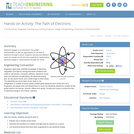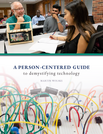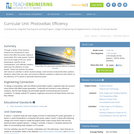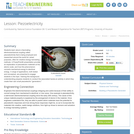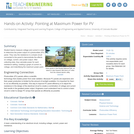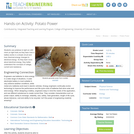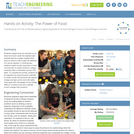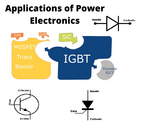With special contributions by Betty Bayer, Henry Grob, Sara Rasmussen, Dinesh Rathi, …
With special contributions by Betty Bayer, Henry Grob, Sara Rasmussen, Dinesh Rathi, Stephanie Shallcross, and Vandana Singh.
Digital technologies old and new are not objects that can be packed inside a box. They are a seamless, indivisible combination of people, organizations, policies, economies, histories, cultures, knowledge, and material things that are continuously shaped and reshaped. Every one of us innovates-in-use our everyday technologies, we just do not always know it. Not only are we shaped by the networked information tools in our midst, but we shape them and thereby shape others. For us to advance individual agency across diverse community knowledge and cultural wealth within the fabric of communities, we need to nurture our cognitive, socio-emotional, information, and progressive community engagement skills along with, and sometimes in advance of, our technical skills which then serve as just-in-time in-fill learning. This is the call placed by Rev. Dr. Martin Luther King, Jr. – to rapidly shift from a ‘thing-oriented’ society to a ‘person-oriented’ society.
In support of this shift, each session of the book begins first with a social chapter with background knowledge probe, conceptual introductions, and a lesson plan for the session. A technical chapter follows with technical introductions and hands-on activities, and a concluding wrap up and comprehension check. The technical of the Orange Unit especially focuses on electronics and physical computer components; the Blue Unit highlights software through a series of introductory programming activities, with possibilities for alternate pathways for those who bring in some existing programming experience; the Rainbow Unit then brings the hardware and software together into networked systems, concluding with a final design adventure.


